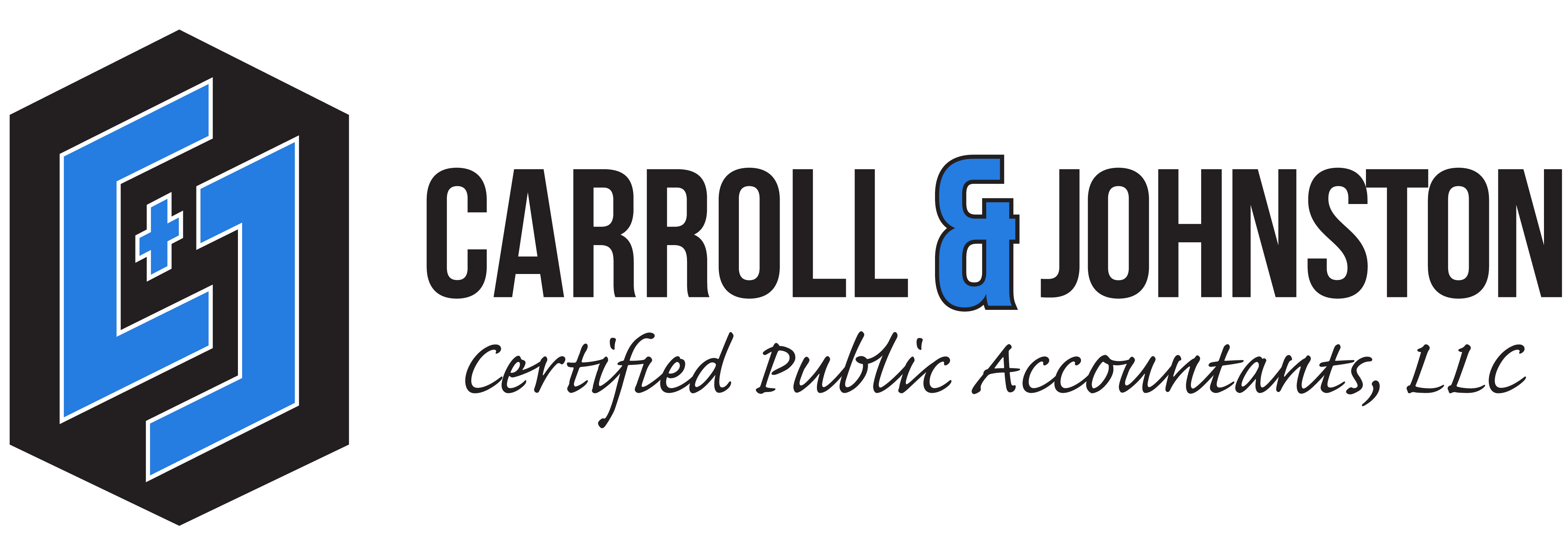How to Prevent a Refund Offset If You Are Experiencing Economic Hardship
Taxpayers are often surprised after they file their tax return requesting a refund to receive a smaller amount or no refund at all. Many are not familiar with the law that provides the IRS the ability to reduce their refund and apply it to prior federal and state liabilities. The IRS’s authority to offset a taxpayer’s refund is found in IRC § 6402. Each year, many taxpayers rely on their tax refund to pay necessary living expenses or other critical expenses. For a taxpayer who is relying on their refund to pay basic utilities or stay in their home, an immediate economic hardship can arise if the IRS applies their refund to satisfy another state or federal debt. TAS has recommended that Congress pass legislation prohibiting the IRS from offsetting certain portions of a taxpayer’s refund, such as the Earned Income Tax Credit, intended as an anti-poverty program to help low- to moderate-income workers and families.
Offset Bypass Refunds
While the IRS’s authority to offset a federal tax liability is discretionary, the IRS must offset refunds when the taxpayer owes any other non-tax federal debt or state tax liability including past due child support obligations. However, the IRS can forego reducing the refund by any outstanding federal tax liability once the taxpayer establishes they are experiencing an economic hardship, which is why the IRS refers to the refund as an offset bypass refund (OBR). But this must be done before the IRS issues the refund.
For example, an economic hardship might exist if an individual needs to pay rent to avoid eviction, or if the individual needs to pay a utility bill to avoid disconnection. The individual must provide documentation to prove the economic hardship. Timing is critical in OBR cases. Taxpayers who need their refund quickly should consider filing electronically, however taxpayers who need time to gather documentation proving their economic hardship may want to file their return on paper, resulting in longer processing time than electronic filing. An OBR generally is possible only before the IRS applies the refund to an outstanding federal tax liability and is limited to the amount required to relieve the economic hardship. If you are experiencing an economic hardship and are aware of a past due federal tax obligation there is something you can do before the IRS applies your refund, but you must act quickly. Once the refund is applied to an outstanding federal tax debt, relief via an OBR is not available.
What Taxpayers Need to Do to Request an Offset Bypass Refund
If you have a federal tax debt and are experiencing an economic hardship, you should contact the IRS to request an OBR. IRS employees should work an OBR request immediately upon receipt, but if the IRS does not act timely, you can contact the Taxpayer Advocate Service (TAS) for assistance.
TAS Can Help You Obtain an Offset Bypass Refund
TAS may be able to assist if you have an outstanding federal tax liability, are experiencing an economic hardship, and need all or part of your refund to relieve the hardship. To get help from TAS, complete Form 911, Request for Taxpayer Advocate Service Assistance, and file the form with a copy of your completed tax return with your local TAS Office. Since timing is critical, call the local TAS office to verify your Form 911 has been received and assigned to a local case advocate.
Taxpayers must file their original return with the IRS. A return is not considered filed until the IRS receives it. Submitting a return to TAS does not establish the return filing date. To avoid missing the filing deadline, taxpayers must file their original return with the IRS, not with TAS.
A taxpayer can request and TAS can initiate an OBR prior to or simultaneous with filing a return. For example, you can submit a Form 911 requesting an OBR with a copy of your return and file the original return with the IRS at the same time. However, it’s important to note that TAS cannot advocate for an OBR if the IRS has already offset the refund.
Offset Bypass Procedures
Once the amount of the hardship is established the IRS will only issue a refund up to the amount necessary to alleviate the hardship amount. For example, if a taxpayer has a refund of $4,000 and the outstanding federal tax liabilities exceed that amount, under normal procedures the IRS will apply the total refund toward the outstanding federal tax liabilities, leaving no overpayment available to be refunded. The OBR procedures are an exception to that refund offset and provide immediate relief to those taxpayers experiencing a financial hardship. If the taxpayer establishes a hardship of $1,000, the IRS would issue a $1,000 refund and apply the balance, $3,000, to the outstanding tax liabilities.
Conclusion
The OBR procedure is not a well-known option and there is a very narrow window of time in which you can request an OBR and establish your hardship amount. Taxpayers who need their refund quickly should consider filing electronically and submitting their OBR request right away. Taxpayers who need additional time to gather documentation proving their economic hardship may want to file their return with the IRS on paper via certified mail. TAS can also assist taxpayers with pursuing collection alternatives, such as an installment agreement, offer in compromise, or currently not collectible status, to resolve their underlying federal tax liability.
The post How to Prevent a Refund Offset If You Are Experiencing Economic Hardship appeared first on Taxpayer Advocate Service.
